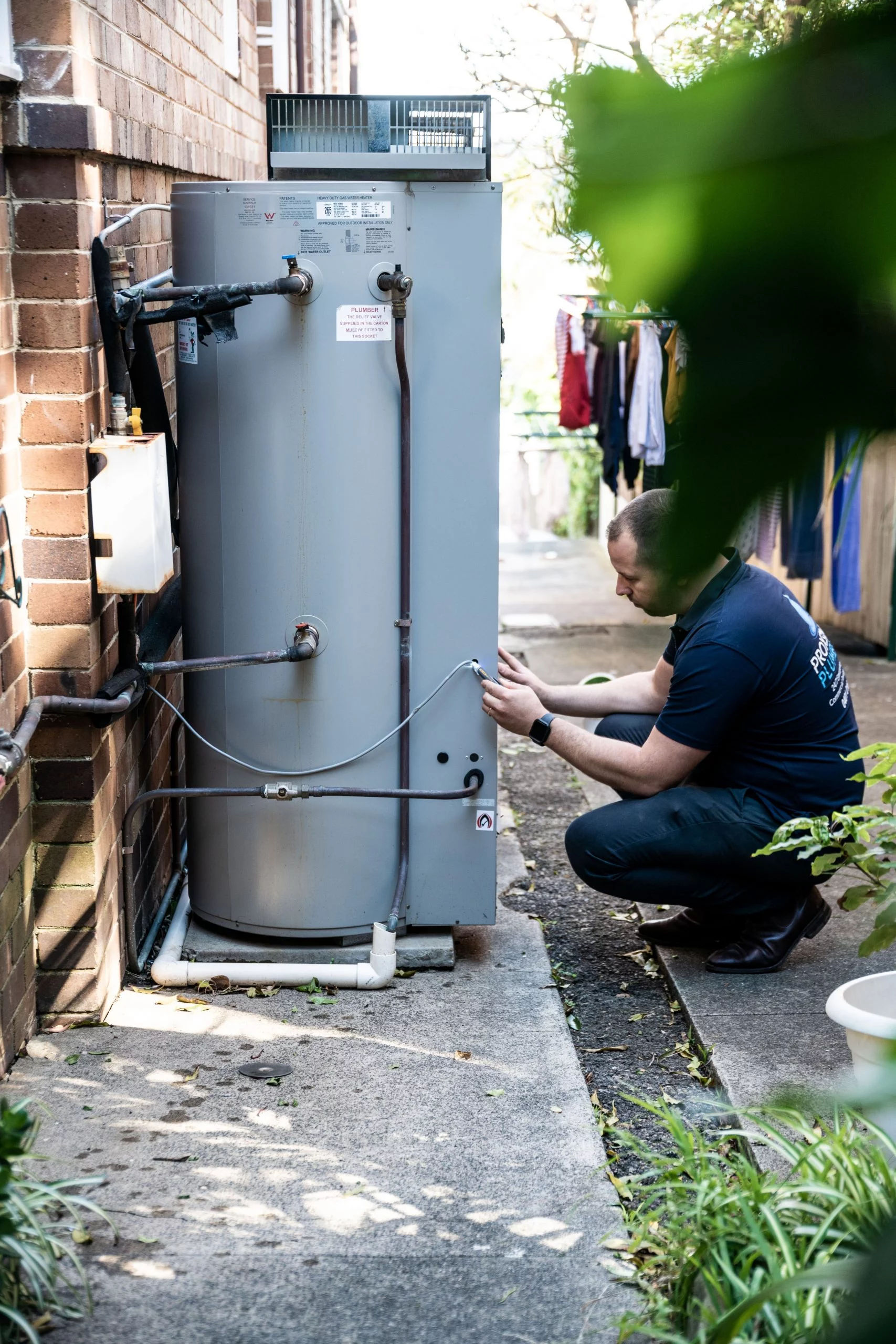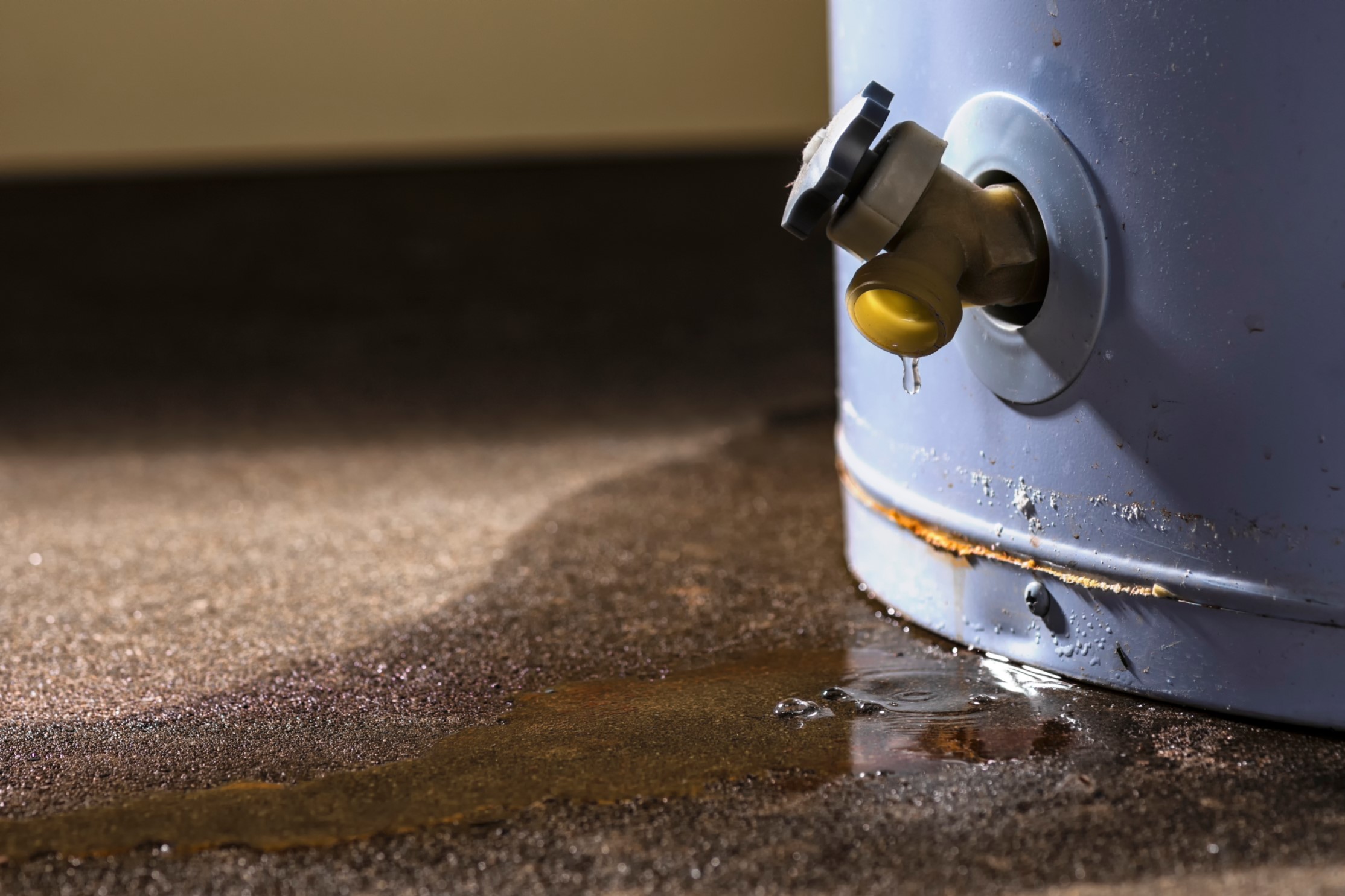Expert Advice for Caring for Your Home's Hot Water SystemEssential Care Techniques for Your Home's Hot Water SystemStraightforward Methods to Care for Your Home's Hot Water System Effectively
Expert Advice for Caring for Your Home's Hot Water SystemEssential Care Techniques for Your Home's Hot Water SystemStraightforward Methods to Care for Your Home's Hot Water System Effectively
Blog Article
We have stumbled upon this great article involving Water Heater Maintenance Tips You Can't Afford to Forget below on the web and felt it made sense to relate it with you in this article.

Hot water is important for daily convenience, whether it's for a rejuvenating shower or washing dishes. To guarantee your warm water system runs effectively and lasts longer, normal upkeep is essential. This article supplies useful tips and understandings on exactly how to maintain your home's warm water system to prevent interruptions and costly fixings.
Introduction
Maintaining your home's warm water system may seem overwhelming, however with a few straightforward steps, you can ensure it runs smoothly for many years ahead. This guide covers everything from comprehending your hot water system to do it yourself maintenance tips and understanding when to hire specialist assistance.
Importance of Preserving Your Warm Water System
Regular maintenance not only prolongs the life-span of your warm water system but likewise ensures it runs successfully. Neglecting maintenance can result in reduced performance, greater power bills, and even premature failure of the system.
Indications Your Warm Water System Demands Maintenance
Knowing when your hot water system needs interest can stop significant concerns. Keep an eye out for indicators such as inconsistent water temperature, strange noises from the heating unit, or rusty water.
Flushing the Water Heater
Purging your hot water heater removes sediment accumulation, boosting performance and prolonging its life.
Checking and Changing Anode Rods
Anode poles protect against corrosion inside the storage tank. Evaluating and replacing them when worn is critical.
Complex Problems Calling For Professional Assistance
Instances include major leakages, electric problems, or if your water heater is constantly underperforming.
Regular Professional Upkeep Conveniences
Professional maintenance can consist of detailed examinations, tune-ups, and ensuring compliance with security requirements.
Evaluating and Readjusting Temperature Settings
Readjusting the temperature settings makes certain optimal performance and safety and security.
DIY Tips for Maintenance
You can execute several maintenance jobs on your own to keep your warm water system in leading condition.
Checking for Leaks
Frequently check pipelines and links for leakages, as these can bring about water damage and higher bills.
Understanding Your Warm Water System
Before diving into maintenance jobs, it's handy to recognize the standard elements of your hot water system. Generally, this consists of the water heater itself, pipes, anode rods, and temperature level controls.
Month-to-month Upkeep Tasks
Regular monthly checks can assist capture small concerns prior to they escalate.
Testing Pressure Relief Valves
Checking the stress safety valve guarantees it functions correctly and avoids extreme stress build-up.
Shielding Pipes
Protecting warm water pipelines minimizes warmth loss and can conserve power.
When to Call a Specialist
While do it yourself upkeep is beneficial, some issues require professional proficiency.
Conclusion
Regular maintenance of your home's hot water system is essential for efficiency, longevity, and cost savings. By following these tips and knowing when to seek expert assistance, you can guarantee a reputable supply of hot water without unexpected disruptions.
Water Heater Maintenance Tips
Test the TPR Valve
Shut off the power and the cold-water supply valve. Place a bucket under the pipe connected to the temperature-pressure-release (TPR) valve on the top or side of the tank. (This valve opens if the tank pressure gets too high.) Lift the valve’s tab to let some water out, then let go. If water keeps flowing, drain the tank partway, unscrew the old valve with a pipe wrench, and install a new one. Check the Anode Rod
Put a hose to the tank’s drain cock and let out a few gallons of water. Now fit a 1 1/16-inch socket onto the rod’s hex head on top of the heater (or under its top plate) and unscrew the rod. If it’s less than ½ inch thick or coated with calcium, buy a new one, wrap its threads with Teflon tape, put it back in the tank, and tighten securely. Use this segmented rod if headroom above the tank is limited. Drain the Tank and Wash Out Sediment
Drain the remaining water in the tank into the bucket, then stir up the sediment on the tank’s bottom by briefly opening the cold-water supply valve. Drain and repeat until clean water comes out of the hose. Close the drain cock, refill the tank, and turn its power back on. Adjust the Temperature
Find the temperature dial on the side of the tank and unscrew its cover. Adjust the dial to 120 degrees using a flathead screwdriver. For every 10 degrees the temperature is lowered, you can expect to save up to 5 percent in energy costs. Turn the water heater off or the thermostat down to its lowest setting if you plan to be away from home for more than three days. Insulate the Pipes
Buy some self-sticking 3/8-inch-thick foam pipe insulation that matches the pipes’ diameter. Slide the foam over the hot-and cold-water pipes as far as you can reach. Insulating the cold-water pipe prevents condensation in summer. Peel the tape and squeeze the insulation closed. If the pipe is 6 inches or less from the flue, cover it with 1-inch-thick unfaced fiberglass pipe wrap. https://www.thisoldhouse.com/plumbing/21016402/how-to-maintain-a-water-heater

I'm very interested by Tips on Maintaining a Water Heater and I really hope you enjoyed our page. Appreciated our blog? Please quickly share it. Help someone else discover it. Kudos for your time. Return soon.
Call Today Report this page